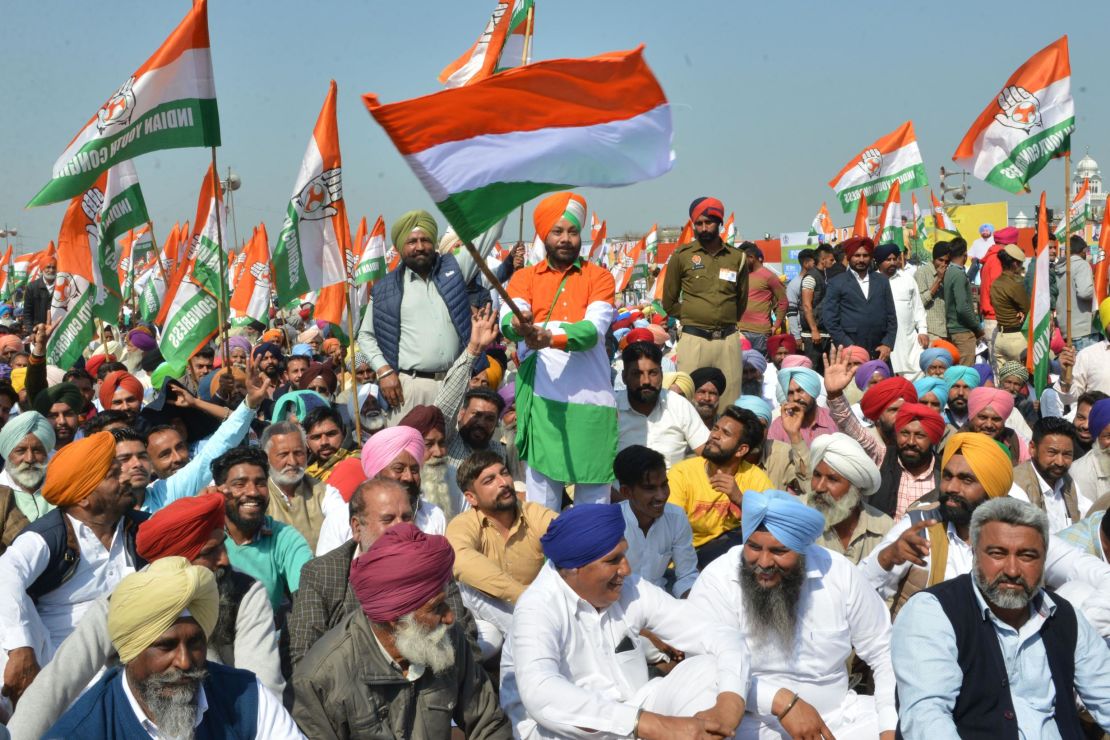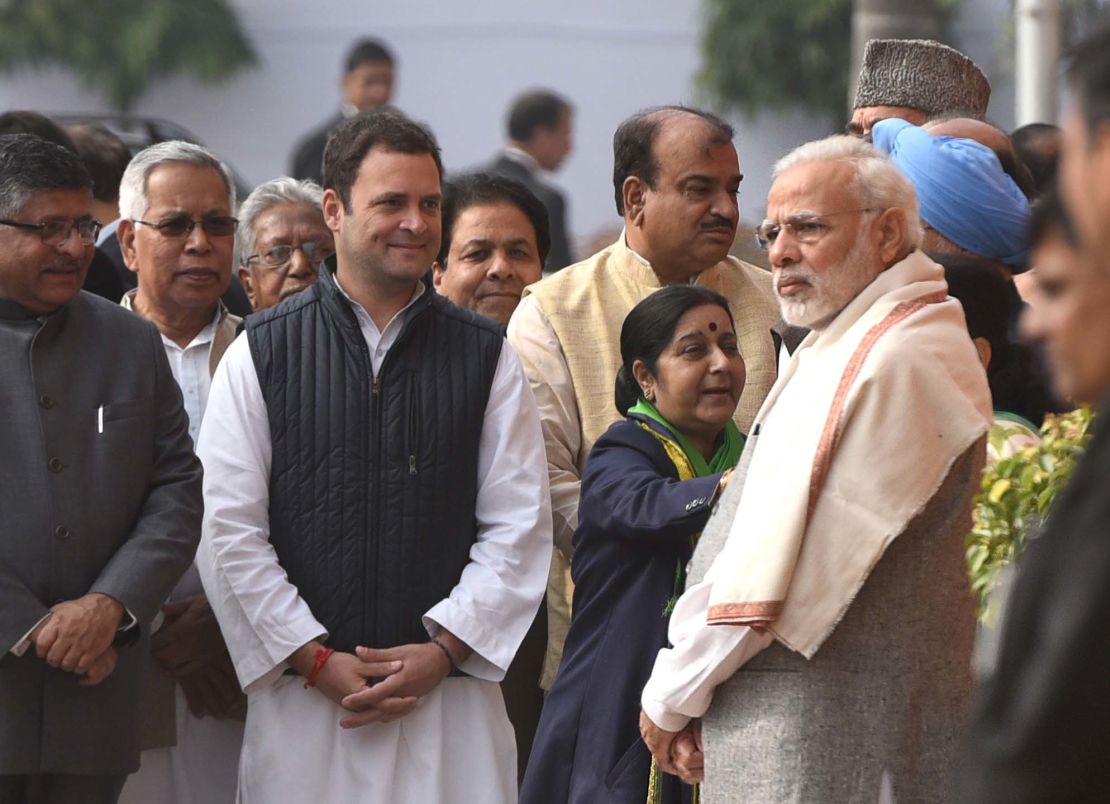The Indian general election will begin on April 11, the country’s Election Commission announced Sunday, with voters poised to decide whether to renew their faith in nationalist Prime Minister Narendra Modi.
Politicians are already in campaign mode for what is the world’s largest exercise in democracy, with around 900 million people eligible to cast a vote.
Indians will be voting for the 545-seat lower house of parliament – called the Lok Sabha – and polling will unfold over seven phases around the country ending on May 19. Of the total, 543 seats will be up for grabs in the coming election.
All the votes – from the country’s 29 states and seven union territories – will be counted on May 23, the commission said at a press conference in New Delhi.
Modi and his Hindu nationalist Bharatiya Janata Party (BJP) are seeking re-election after a landslide victory in 2014, winning 282 seats – the largest majority by a single party in 30 years.

The election is coming off the back of escalating tensions between India and Pakistan over the disputed Kashmir region that almost brought the two nuclear armed neighbors to the brink of war.
India took a hard line with Pakistan during the crisis, accusing the country of not doing enough to stop terrorists active within its borders. While terrorist group Jaish-e-Mohammed (JeM) claimed responsibility for a deadly bombing in the Pulwama district of Kashmir, which precipitated the crisis, New Delhi also said Pakistan had a “direct hand” in the attack. Islamabad denied the claim.
India also said it had launched airstrikes on what it alleged was a terrorist training camp across the Line of Control, the de facto border between India and Pakistan in the disputed Kashmir region.
The strong line from New Delhi could boost Modi’s image as being strong on defense and fire up the BJP’s nationalist domestic base.

Still, Modi is facing what looks like an increasingly close contest.
The main national opposition party, the Congress Party, led by Rahul Gandhi – the scion of India’s most influential political dynasty – has been attempting to shore up key constituencies ahead of voting.
In December, the BJP lost a number of key state-level polls that were widely seen as leading indicators of the national mood ahead of the general election.
Among the factors that tarnished the BJP’s image, experts say, were the worsening economic challenges faced by ordinary Indians, despite healthy GDP growth.
Modi’s 2014 victory was in part due to his promises to overhaul India’s economy and generate jobs for young people, around 12 million of whom enter the workforce every year.
In recent years, however, India has faced a worsening jobs crisis with the rate of unemployment hitting 7.2 percent in February, according to the Mumbai-based think tank, the Centre for Monitoring Indian Economy (CMIE).
Meanwhile, despite Modi’s attempts to portray himself as a champion of the poor, wages are falling across rural India and creating an equally dire situation for the country’s farmers. The CMIE’s latest figures has rural unemployment at 6.98 percent.
They have turned out in their thousands to protest, demanding government aid. In the most recent rally farmers from around the country marched on Delhi, some carrying the skulls and photos of those they say have killed themselves in desperation at their poverty.
In February, Modi announced new measures to boost farmers’ incomes and cut taxes for the country’s growing middle class. The move followed the Congress Party’s promise to guarantee minimum incomes for India’s poor.
CNN’s Swati Gupta contributed.






